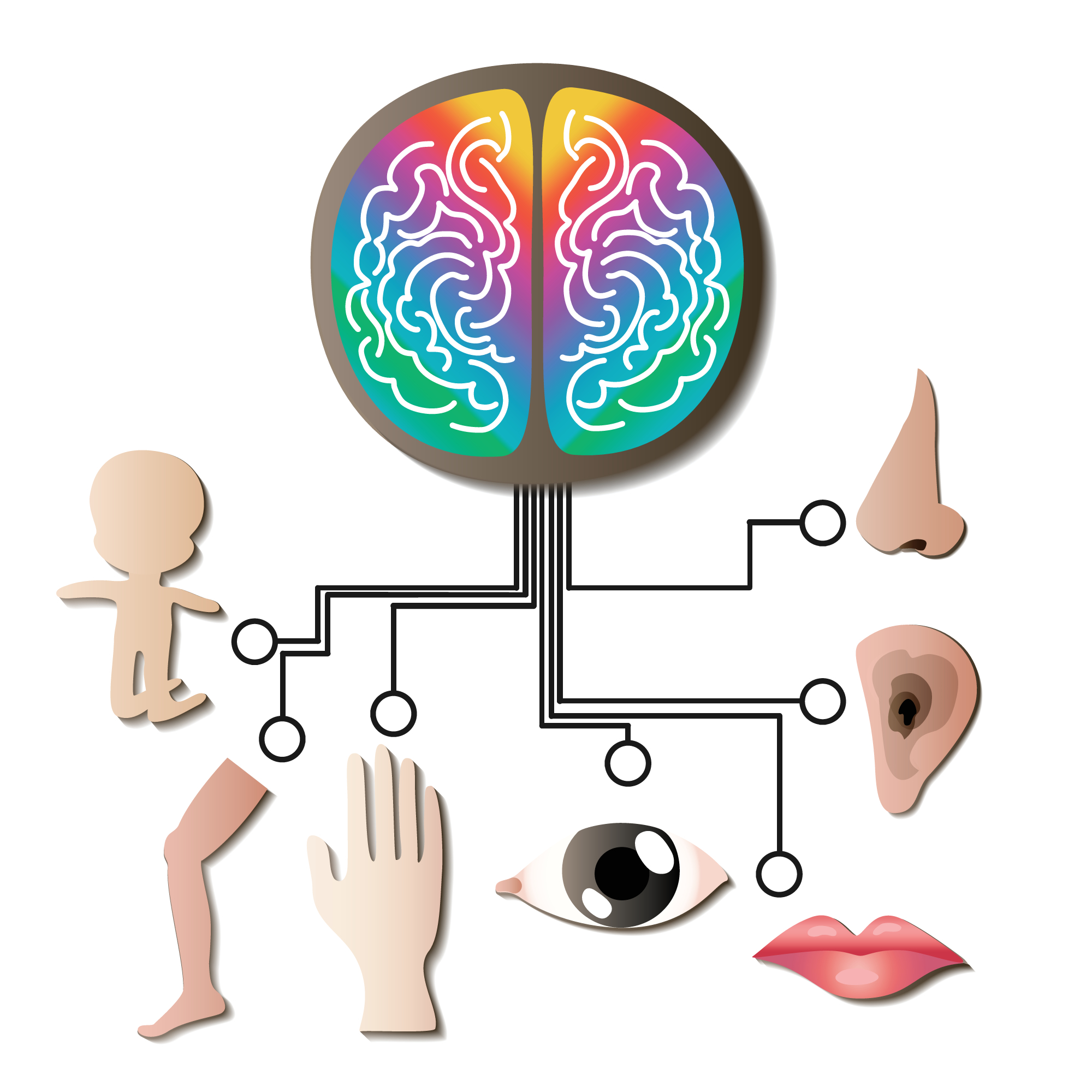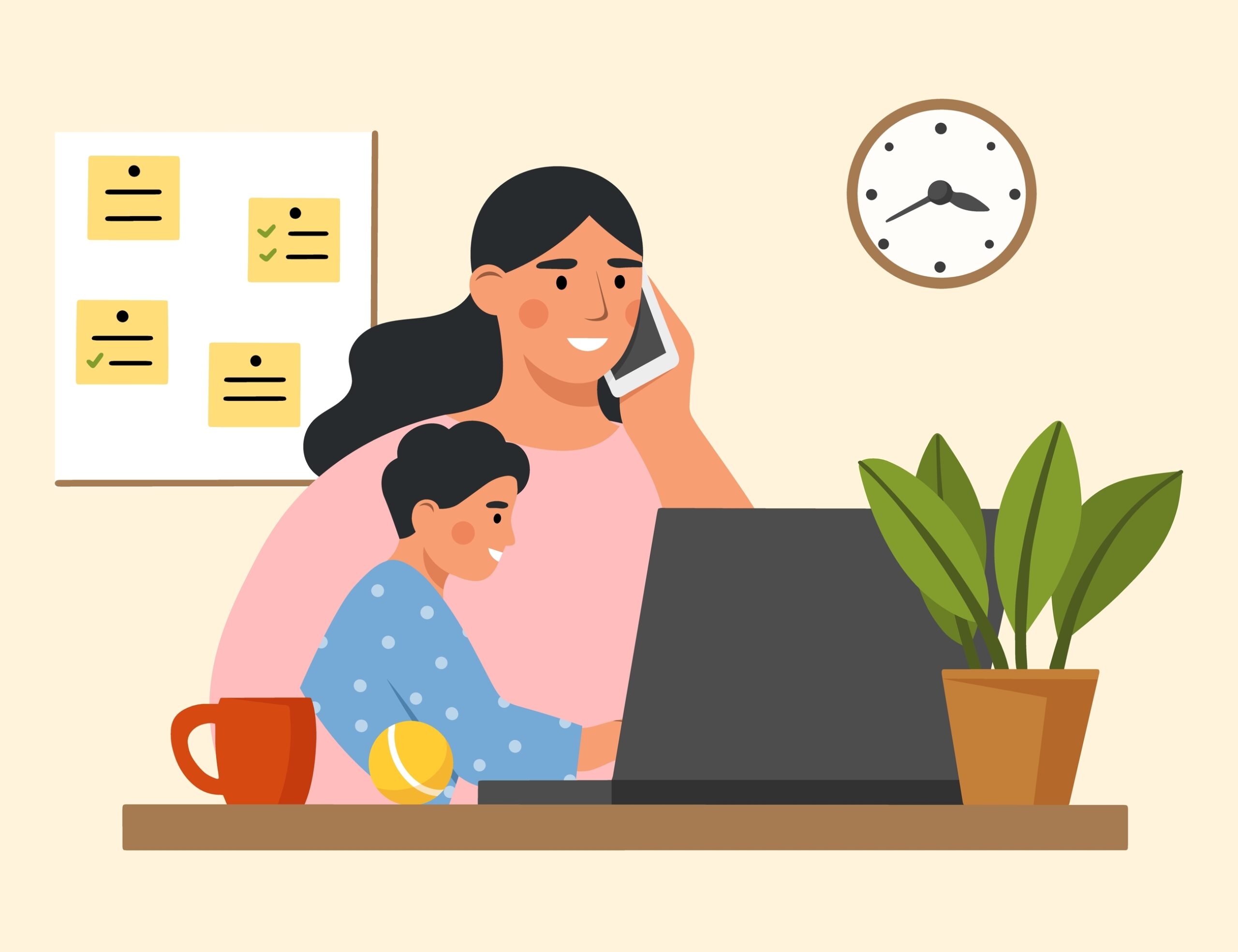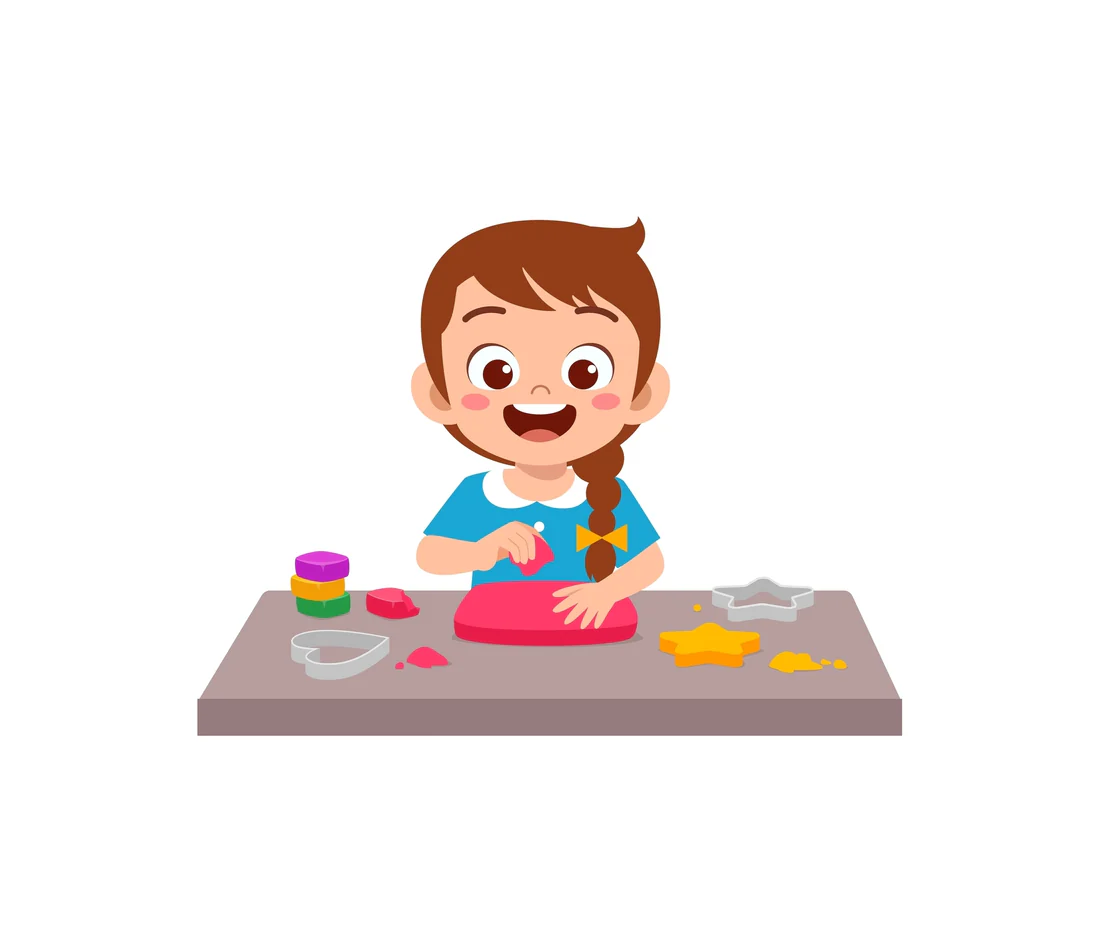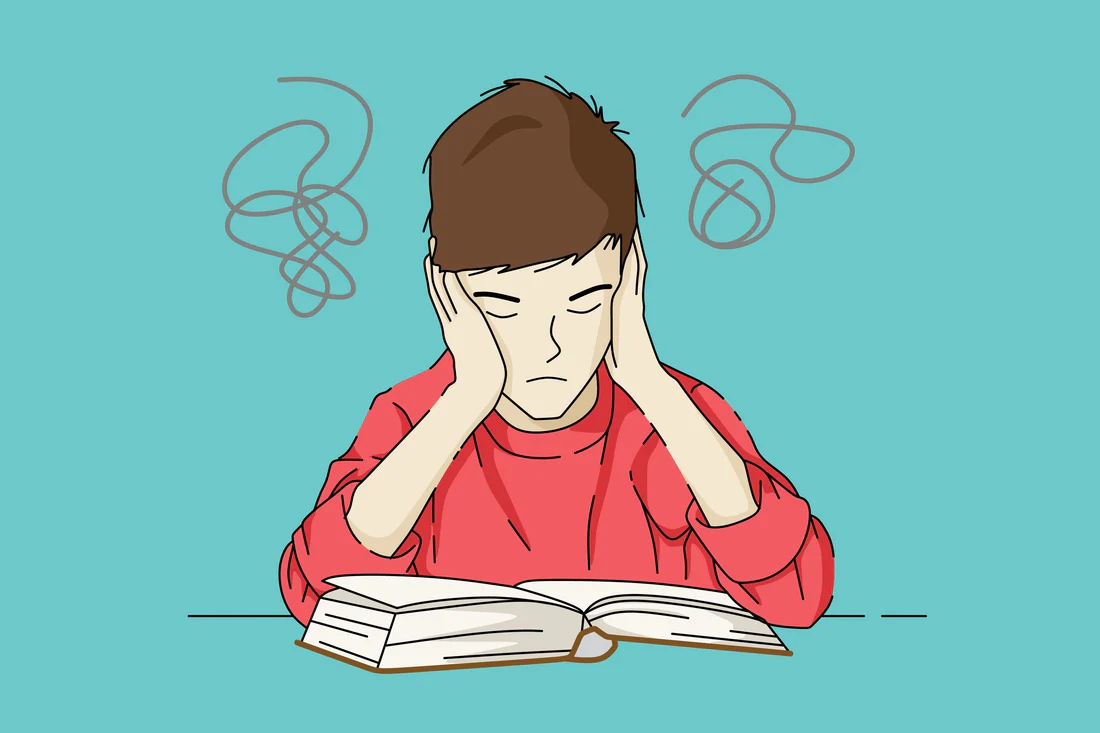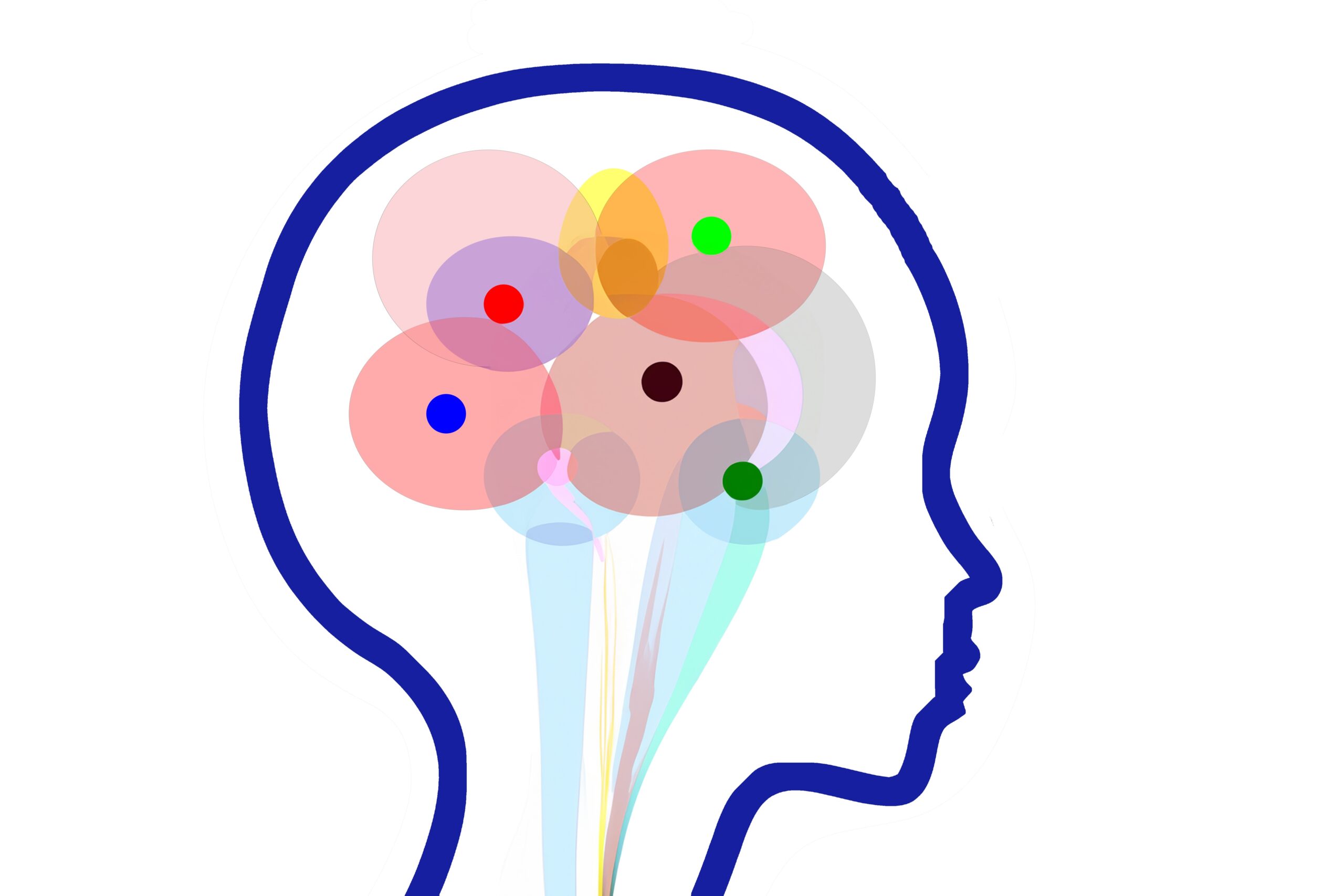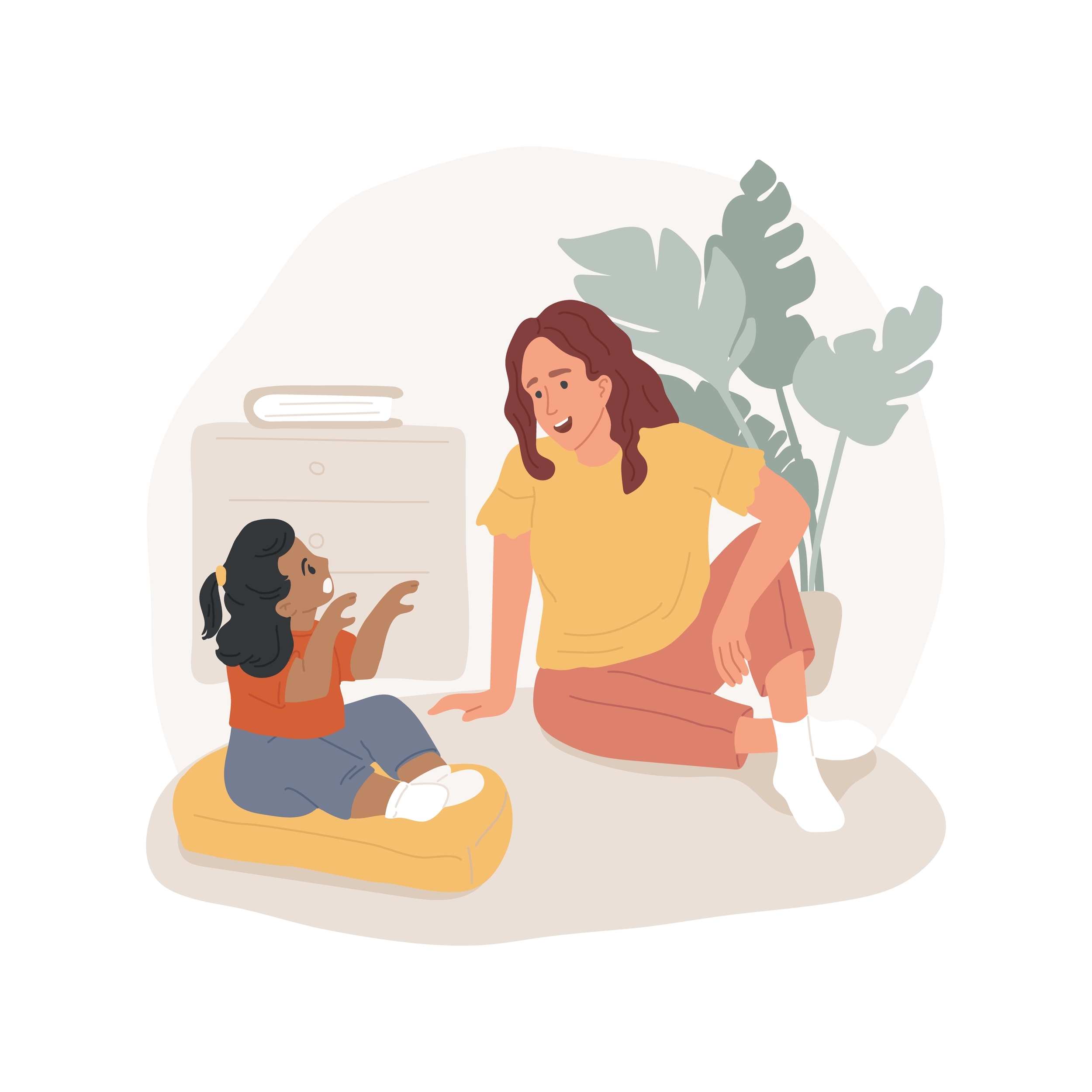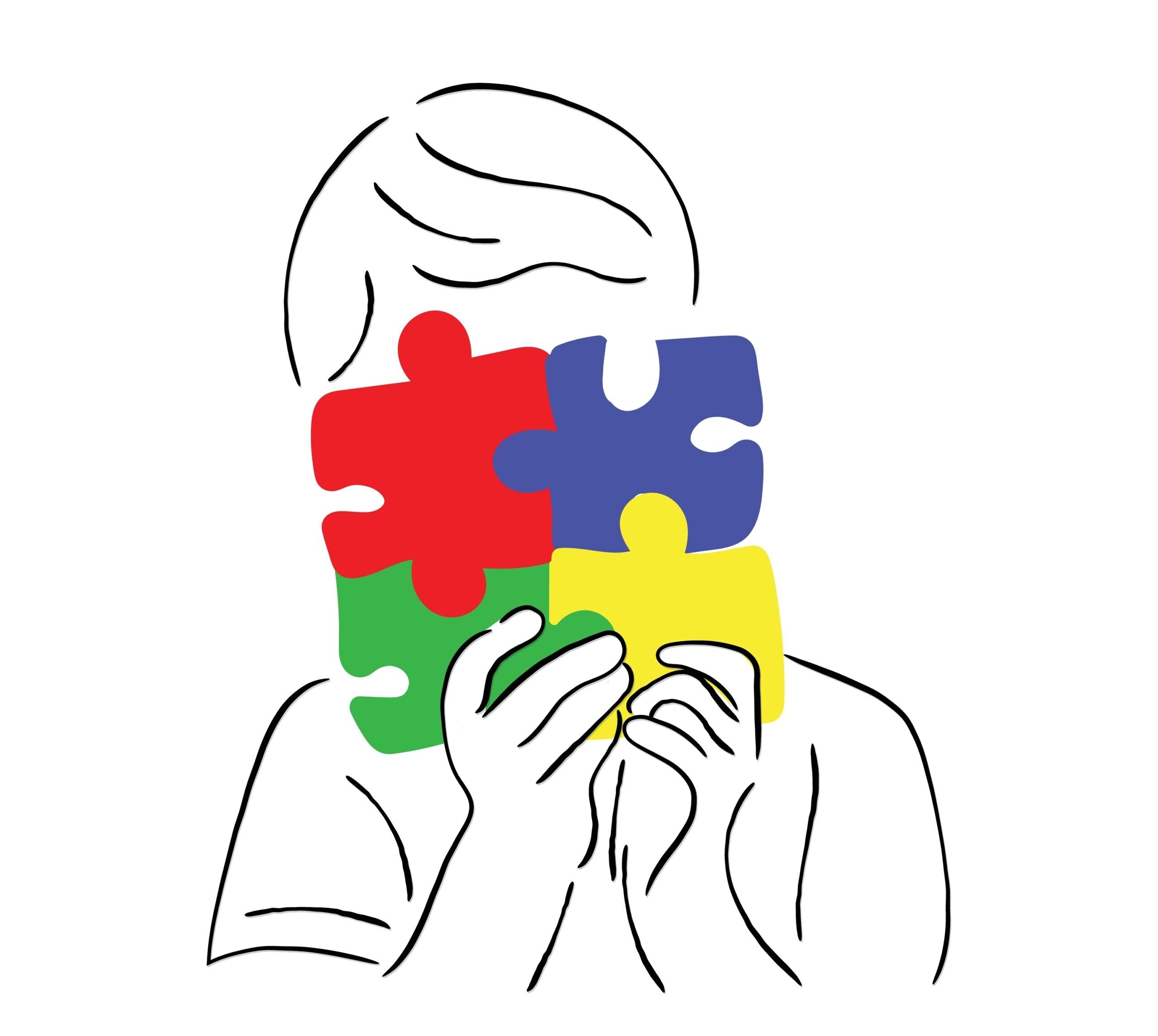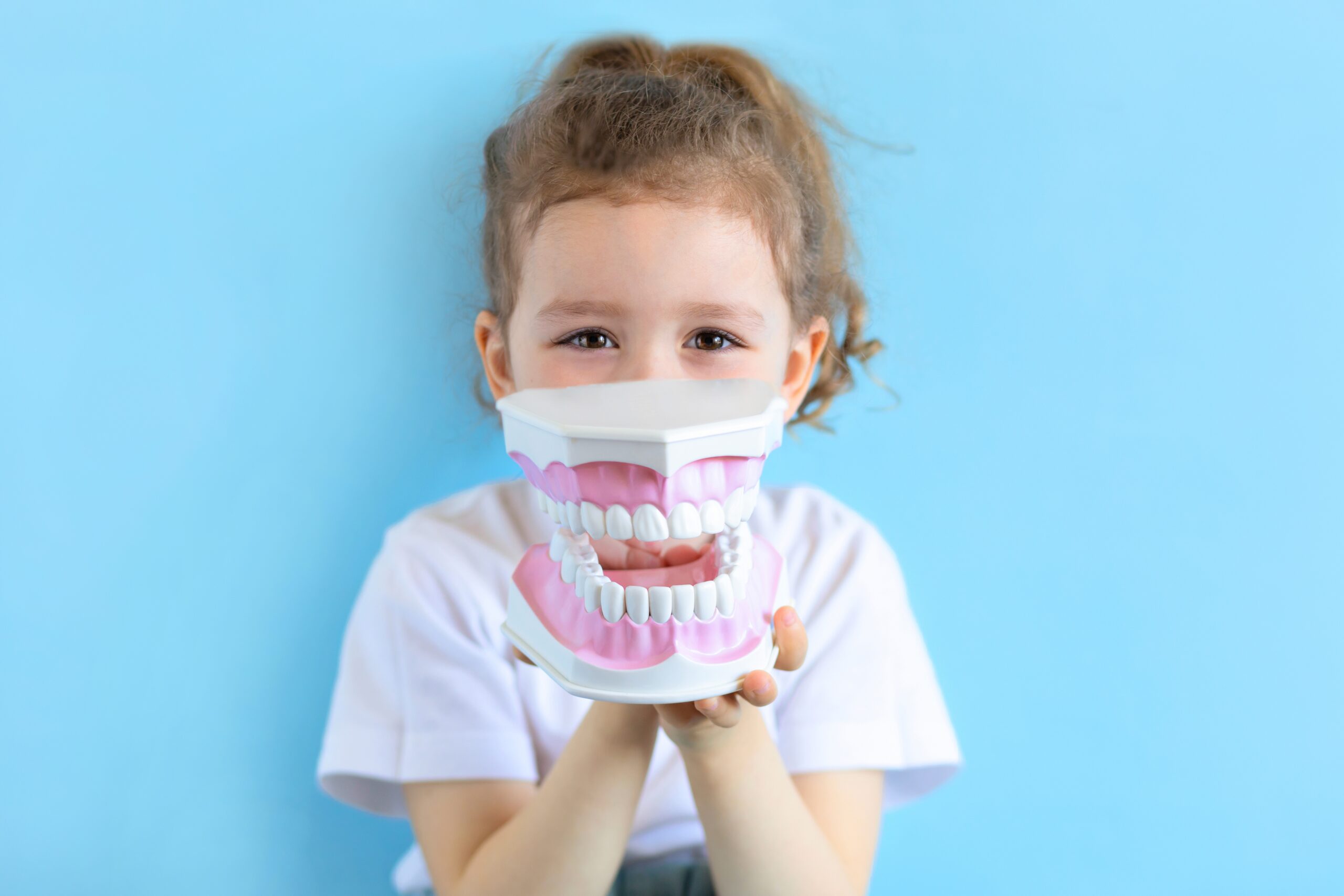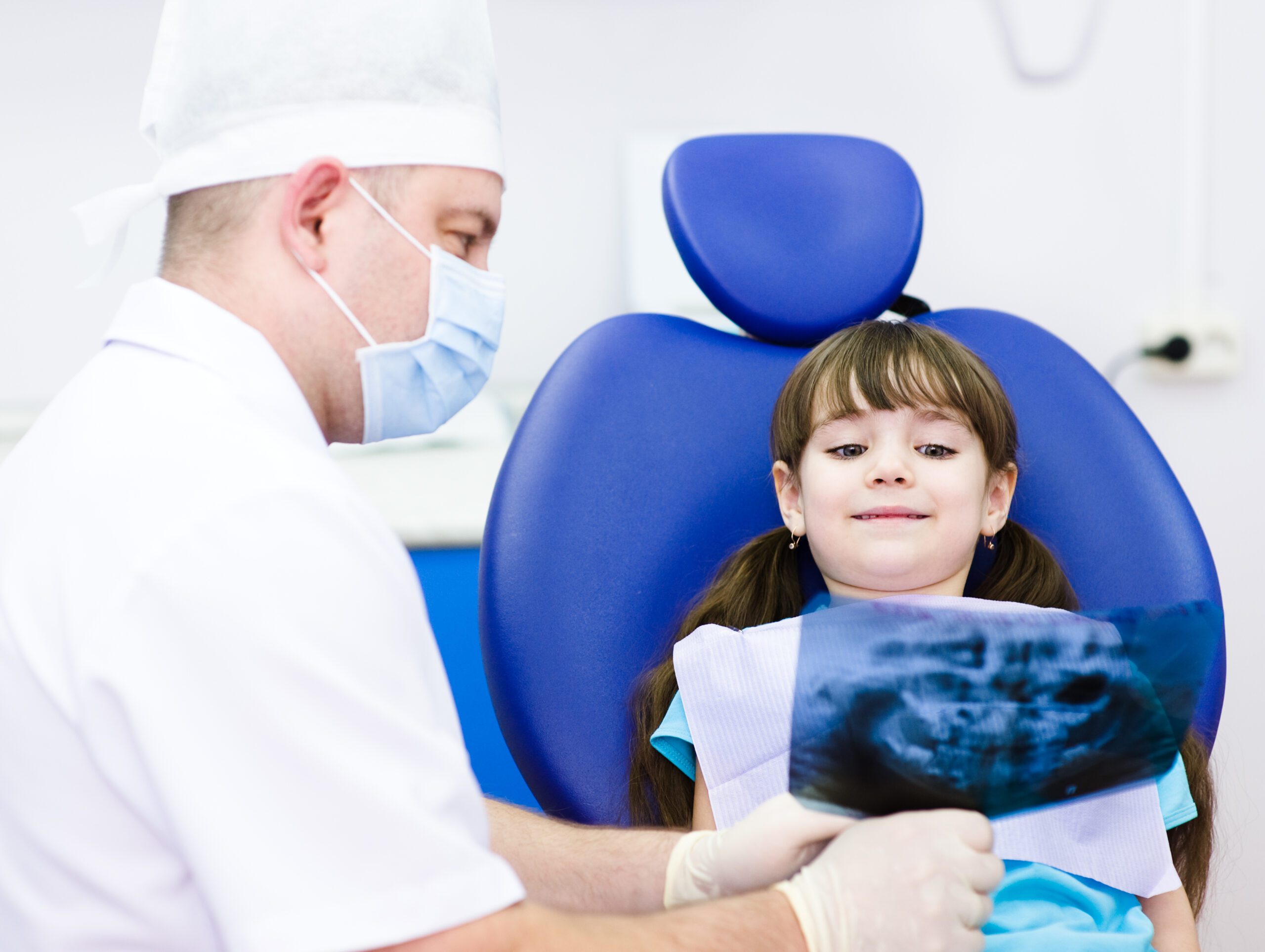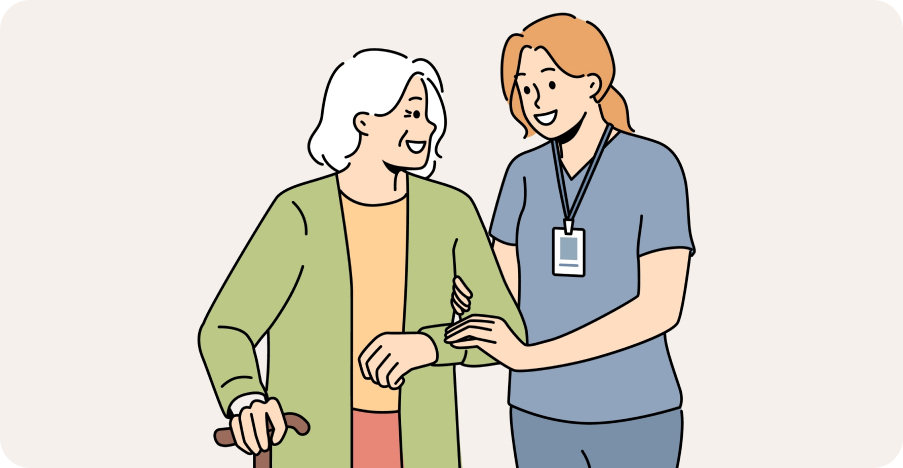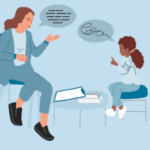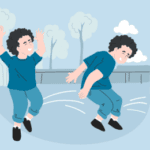
Sensory Processing Disorder
- Signs and Symptoms of Sensory Processing Disorder in Children
- Sensory Processing Disorder in Teens: Signs, Symptoms, Diagnosis & Treatment
- Sensory Processing Disorder (SPD) in Adults: Signs, Diagnosis, Treatment & Coping Strategies
- Types of Sensory Processing Disorder (SPD): Symptoms, Characteristics & Treatment
- Sensory Processing Disorder Treatment Options & Best Therapies for SPD in Children and Adults
- Living with Sensory Processing Disorder: Daily Tips, Support Strategies, and Family Guidance
- Vestibular and Proprioceptive Processing in Sensory Processing Disorder (SPD)
- Causes and Risk Factors of Sensory Processing Disorder (SPD): What Science Knows
- How Is Sensory Processing Disorder Diagnosed? Tests, Signs, and Evaluation Tools
- Stimming Behaviors in Sensory Processing Disorder: What They Are and Why They Matter
- Sensory Processing Disorder and Learning: How Sensory Challenges Affect Education
- Sensory Diet Strategies for Kids: Effective Tools for Sensory Regulation
- Sensory Integration Disorder and Sensory Integration Therapy
- Sensory Discrimination Disorder
- Sensory Modulation Disorder: Symptoms, Subtypes, and Treatment Strategies
- Sensory Over-Responsivity (SOR): Signs, Causes, and How to Help Kids and Adults Cope
- Sensory Under-Responsivity: Signs, Causes, and Support for Children and Adults
- Sensory-Based Motor Disorder: Signs, Symptoms, and Effective Treatments for Children and Adults
- Visual Processing Disorder: Signs, Symptoms & How to Support Visual Learning Challenges
- Auditory Processing Disorder (APD): Symptoms, Diagnosis & Treatment for Children and Adults
- Sensory Seeking/Craving: Understanding, Identifying, and Supporting Sensory Seekers
- Dyspraxia (Developmental Coordination Disorder): Understanding SBMD and Its Impact
- Postural Disorder: Causes, Symptoms & Treatment | Sensory-Based Motor Disorder Guide
Visual Processing Disorder: Signs, Symptoms & How to Support Visual Learning Challenges

Authored by: The DrSensory Editorial Team
Reviewed by: 🛡️ DrSensory Clinical Review Board
Last updated: June 2025
- What Causes Visual Processing Disorder?
- How Is Visual Processing Disorder Diagnosed?
- Treatment Options and Therapies for Visual Processing Disorder
- How VPD Affects Learning and School Performance
- Is visual processing disorder the same as dyslexia?
- Can a child have VPD with perfect 20/20 vision?
- Is visual processing disorder permanent?
- Who can diagnose visual processing disorder?
- What’s the difference between visual processing disorder and vision problems?
- Signs of Visual Processing Disorder in the Classroom
What Is Visual Processing Disorder?
Visual Processing Disorder (VPD)—also known as Visual Perceptual Disorder—is a neurological condition that affects how the brain interprets visual information. Unlike problems with eyesight (like nearsightedness or astigmatism), VPD is not about how well the eyes see—it’s about how the brain processes what the eyes see.
Children and adults with VPD may have normal vision but struggle with tasks like reading, writing, copying from a board, or understanding spatial relationships.
Types of Visual Processing Challenges
There are several types of visual processing difficulties, and a person may experience one or more:
- Visual Discrimination: Trouble noticing differences between similar letters, shapes, or objects (e.g., confusing “b” and “d”)
- Visual Memory: Difficulty remembering visual details, like what a word looks like or where something was placed
- Visual Spatial Relations: Problems understanding left vs. right or judging distance
- Visual Motor Integration: Poor hand-eye coordination affecting writing, drawing, or catching a ball
- Visual Figure-Ground Discrimination: Difficulty finding an object in a busy background
- Visual Closure: Trouble recognizing an image when part of it is missing
- Visual Sequencing: Difficulty understanding order—like in reading or math problems
These challenges can significantly affect learning and everyday tasks.
Common Signs and Symptoms of Visual Processing Disorder
VPD often presents as academic, behavioral, or motor challenges, especially in school-aged children. Symptoms may include:
- Avoiding reading or writing
- Reversing letters or numbers
- Difficulty copying from the board
- Poor spelling and reading comprehension
- Trouble organizing written work
- Clumsiness or bumping into things
- Difficulty navigating spaces (e.g., getting lost easily)
- Poor eye contact or tracking issues when reading
Many children with VPD are misdiagnosed with ADHD or learning disabilities, when the real issue is with visual perception.
What Causes Visual Processing Disorder?
VPD is believed to be caused by differences in brain development, particularly in how the visual cortex and related areas process incoming sensory information.
Potential causes and risk factors include:
- Genetic predisposition or family history of learning differences
- Premature birth or birth trauma
- Developmental delays or co-occurring neurological conditions (e.g., autism, ADHD)
- Brain injuries (in rare cases)
VPD is not caused by laziness or poor motivation—it is a neurological processing difference.
How Is Visual Processing Disorder Diagnosed?
Diagnosis typically involves a team-based evaluation with:
- A developmental optometrist or neuro-optometrist to assess visual efficiency
- An occupational therapist (OT) to evaluate visual motor integration
- Standardized assessments such as:
- TVPS (Test of Visual Perceptual Skills)
- VMI (Beery-Buktenica Visual Motor Integration Test)
- Visual-motor and tracking tests
These tests help distinguish VPD from eye-related vision issues and inform treatment plans.
Treatment Options and Therapies for Visual Processing Disorder
There’s no “quick fix” for VPD, but many children and adults see significant improvement with a customized treatment plan. Interventions may include:
- Vision therapy: Led by a developmental optometrist to improve eye teaming, tracking, and visual processing
- Occupational therapy: To strengthen hand-eye coordination, spatial awareness, and visual motor skills
- Educational accommodations: Such as audiobooks, enlarged print, or extra time on tests
- Home-based visual exercises: Like puzzles, mazes, or pattern games to build skills
Early diagnosis and consistent therapy are key to success.
How VPD Affects Learning and School Performance
VPD can impact nearly every area of academic life, particularly:
- Reading: Skipping lines, losing place, confusing similar words
- Writing: Poor letter formation, spacing, and organization
- Math: Trouble aligning numbers or understanding visual word problems
- Spelling: Difficulty remembering how words “look”
- Attention: Appears distracted due to visual overload
Support often includes an Individualized Education Plan (IEP) or 504 Plan with classroom accommodations.
Is visual processing disorder the same as dyslexia?
No. While both may affect reading, VPD is about how the brain interprets visual input, whereas dyslexia is a language-based learning disability. However, the two can co-exist, and many symptoms overlap. A full evaluation can distinguish between them.
Can a child have VPD with perfect 20/20 vision?
Yes. A child may pass a standard vision screening but still have trouble with visual processing. VPD affects the brain’s ability to understand what the eyes see, not the eyes themselves.
Is visual processing disorder permanent?
VPD is a neurological condition, but many children show improvement with early intervention, therapy, and accommodations. While some challenges may persist, strategies can help children thrive academically and socially.
Who can diagnose visual processing disorder?
A developmental optometrist, neuro-optometrist, or an occupational therapist specializing in sensory integration can assess and help diagnose VPD. Pediatric neurologists and psychologists may also assist in identifying co-occurring conditions.
What’s the difference between visual processing disorder and vision problems?
Vision problems (like nearsightedness) relate to the eye’s ability to focus. VPD relates to how the brain processes visual signals after they’re received. A person can have either or both conditions simultaneously.
Signs of Visual Processing Disorder in the Classroom:
A Teacher & Parent Checklist
📖 Reading & Writing Difficulties
☐ Skips lines when reading or loses place on the page
☐ Frequently reverses letters (e.g., b/d, p/q) or numbers
☐ Complains of words “moving” or blurring on the page
☐ Avoids reading or has poor reading comprehension
☐ Struggles copying from the board or another paper
☐ Poor handwriting (spacing, alignment, sizing)
☐ Mixes up similar-looking words or letters
☐ Writes slowly or with frustration
🧠 Visual Memory & Attention Issues
☐ Trouble remembering what was seen or read
☐ Needs visual instructions repeated verbally
☐ Difficulty recalling shapes, letters, or words
☐ Becomes easily distracted during visual tasks
☐ Disorganized written work or scattered thoughts
🧩 Visual-Spatial & Motor Challenges
☐ Has trouble judging distance or spacing
☐ Confuses left/right, over/under, or near/far
☐ Bumps into furniture or classmates
☐ Struggles with puzzles, blocks, or mazes
☐ Difficulty in sports or physical education
☐ Misplaces belongings or forgets locations
✏️ Classroom Behavior & Learning Habits
☐ Avoids or dreads reading and writing tasks
☐ Needs extra time to complete assignments
☐ Appears inattentive or overwhelmed by visual clutter
☐ Experiences frustration or emotional outbursts
☐ Dislikes drawing or copying activities
✅ What To Do If You Notice These Signs
- Talk with the child’s parent or caregiver
- Recommend an evaluation with a:
- Developmental Optometrist (for visual tracking & perception)
- Occupational Therapist (for visual-motor skills)
- Explore classroom accommodations:
- Use of audiobooks or visual aids
- Preferential seating
- Extra time for visual tasks
📌 Tip: Early identification and intervention can improve a child’s academic success and self-confidence.
Visit DrSensory.com
For guides, therapies, and resources on sensory and visual processing support.
This page provides general educational content and is not a substitute for professional medical advice. Always consult a licensed provider for diagnosis and treatment.
View privacy policy, copyright and trust info
More on SPD

- Signs and Symptoms of Sensory Processing Disorder in Children
- Sensory Processing Disorder in Teens: Signs, Symptoms, Diagnosis & Treatment
- Sensory Processing Disorder (SPD) in Adults: Signs, Diagnosis, Treatment & Coping Strategies
- Types of Sensory Processing Disorder (SPD): Symptoms, Characteristics & Treatment
- Sensory Processing Disorder Treatment Options & Best Therapies for SPD in Children and Adults
- Living with Sensory Processing Disorder: Daily Tips, Support Strategies, and Family Guidance
- Vestibular and Proprioceptive Processing in Sensory Processing Disorder (SPD)
- Causes and Risk Factors of Sensory Processing Disorder (SPD): What Science Knows
- How Is Sensory Processing Disorder Diagnosed? Tests, Signs, and Evaluation Tools
- Stimming Behaviors in Sensory Processing Disorder: What They Are and Why They Matter
- Sensory Processing Disorder and Learning: How Sensory Challenges Affect Education
- Sensory Diet Strategies for Kids: Effective Tools for Sensory Regulation
- Sensory Integration Disorder and Sensory Integration Therapy
- Sensory Discrimination Disorder
- Sensory Modulation Disorder: Symptoms, Subtypes, and Treatment Strategies
- Sensory Over-Responsivity (SOR): Signs, Causes, and How to Help Kids and Adults Cope
- Sensory Under-Responsivity: Signs, Causes, and Support for Children and Adults
- Sensory-Based Motor Disorder: Signs, Symptoms, and Effective Treatments for Children and Adults
- Visual Processing Disorder: Signs, Symptoms & How to Support Visual Learning Challenges
- Auditory Processing Disorder (APD): Symptoms, Diagnosis & Treatment for Children and Adults
- Sensory Seeking/Craving: Understanding, Identifying, and Supporting Sensory Seekers
- Dyspraxia (Developmental Coordination Disorder): Understanding SBMD and Its Impact
- Postural Disorder: Causes, Symptoms & Treatment | Sensory-Based Motor Disorder Guide
Find a Therapist near you
Are you looking for a physical, occupational, or speech therapist in your area?
Look no further than the DrSensory Therapist Database and Clinic Directory!
Find a Therapist
Find the physical therapist, occupational therapist, or speech language pathologist you’re looking for!
Ask Us Anything
Whether you are looking for advice, have a general question about sensory processing, or looking for resources.
Submit Your Story
Share your story about your child. Let’s celebrate milestones and learn more about challenges.







































